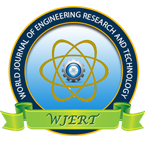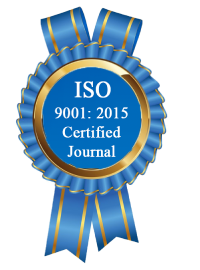| All | Since 2020 | |
| Citation | 172 | 110 |
| h-index | 7 | 5 |
| i10-index | 1 | 0 |
WJERT Citation 
Login
News & Updation
Abstract
NEW CRITICAL IMPURITY DENSITY IN METAL-INSULATOR TRANSITION, OBTAINED IN VARIOUS N(P)- TYPE DEGENERATE [ CRYSTALLINE ALLOYS, BEING JUST THAT OF CARIERS LOCALIZED IN EXPONENTIAL BAND TAILS. (IV)
Prof. Huynh Van Cong*
ABSTRACT
By basing on the same physical model and treatment method, as used in our recent work (Van Cong, 2024), we will investigate the critical impurity densities in the metal-insulator transition (MIT), obtained in two n(p)-type degenerate [crystalline alloys, , being due to the effects of the size of donor (acceptor) d(a)-radius, , the x- concentration, and finally the high d(a)-density, N, assuming that all the impurities are ionized even at T=0 K. In such n(p)-type degenerate crystalline alloys, we will determine: (i)-the critical impurity density in the MIT, as that given inEq. (8), by using an empirical Mott parameter , and (ii)-the density of electrons (holes) localized in the exponential conduction (valence)-band tails (EBT), , as that given in Eq. (26), by using our empirical Heisenberg parameter, , as given in Eq. (15), according to: for given and x, with a precision of the order of , as observed in Tables 2-4 in Appendix 1. In other words, physically, such the critical d(a)-density, is just the density of electrons (holes) localized in the EBT, , respectively.
[Full Text Article] [Download Certificate]
